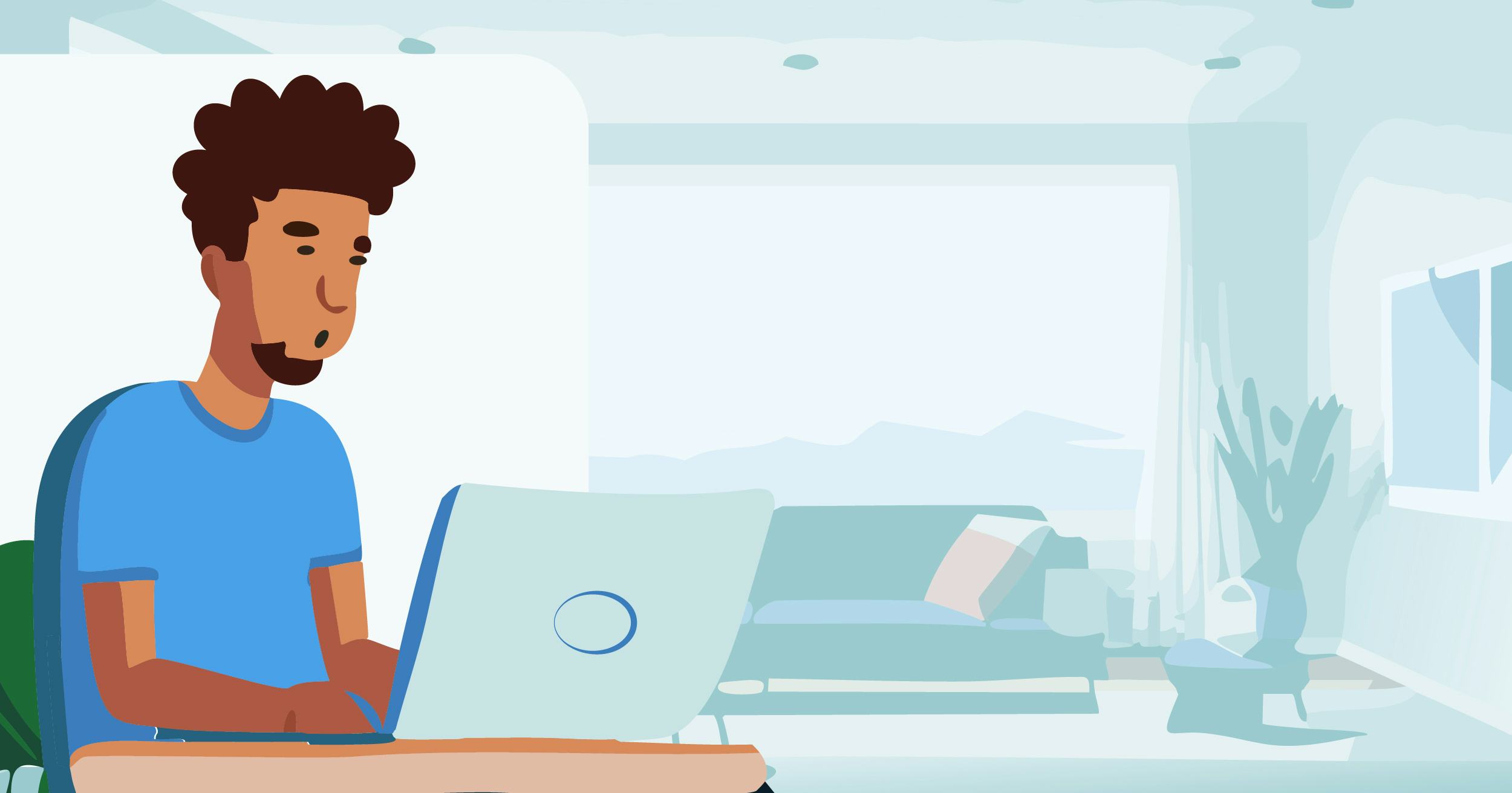As the United States grows increasingly diverse, therapists are more likely than ever to encounter clients, coworkers, and supervisees from a wide variety of backgrounds. We must address bias so that everyone is treated fairly and equitably.
But what exactly is bias, and what can both individual therapists and mental health organizations do to disarm it?
What is Implicit Bias and How Does It Harm Your Clinical Practice?
Bias is a quick evaluation or snap judgment about people based on mental shorthand.
There are two types of bias—explicit and implicit. Explicit bias is easy to spot—it's a conscious attitude or belief toward a particular group of people. Needless to say, explicit bias should never be tolerated in the field of mental health.
Implicit bias can be harder to identify, but it's just as damaging because it exists at the subconscious level.
Clinicians are trained in cultural competence but we can still let our own backgrounds and experiences get in the way. We need to be careful about making assumptions about our clients.
According to Cincinnati's Health Care Access Now two of the most common expressions of implicit bias in clinical mental health settings involve describing clients as "noncompliant" or "poor historians."
- Noncompliant clients are communicating something to us. Did we work with them to create the treatment plan? Are they trying to tell us something?
- "Poor historians" are holding back vital information. Why? What were their past experiences when they trusted others with this information?
Our terminology suggests that we know better than our clients. We need to reassess that.
How Implicit Bias is Harmful
Bias is widespread in our healthcare system. Medical professionals are more likely to minimize the concerns of racial and ethnic minorities and withhold treatment when compared to white people with similar complaints. Men's complaints are treated more seriously than women's. Healthcare providers get frustrated or even angry when cultural views lead someone to reject their treatment recommendations.
Implicit bias creates separation within the mental health system. That's exactly the opposite of a strong client-therapist relationship.
Bias keeps us from getting to the root issue. We want to provide a safe environment so our clients can express themselves.
If our perceptions keep us from noticing clues and attempts to communicate, we're at risk of creating another frustrating situation for our client.
Disarming Implicit Bias in Clinical Practice
Every clinician comes into the field with a lifetime of experiences that shape our perceptions and beliefs.
Part of being a good therapist is always working to identify and challenge our mental shortcuts so that they don't create a barrier between us and our clients.
3 Strategies to build awareness of your own bias blind spots
As a clinician, it's up to you to shine a light upon your own biases. These include areas where you might lack personal experience.
An upper-middle class white female in her 20s doesn't have the same lived experiences as a black man in his 50’swho grew up in poverty. It doesn't mean she can't relate or be an effective therapist. It does mean she'll need to believe his experiences and seek to understand his background.
1. Implicit Association Test (IAT)
The IAT was developed by Harvard University. It presents a series of concepts that you must sort into evaluations or stereotypes. Each of the five parts combines each concept in different ways.
It's extremely effective at identifying implicit biases you might not have realized you held.
2. Bias training
Bias training teaches you to identify your own internalized attitudes and beliefs.
Motivo's course, Disarming Implicit Bias in Clinical Practice, shows you how to develop strategies as you work with clients of different backgrounds so you can create an authentic and effective therapeutic relationship.
3. Open Dialogue
Simple conversation breaks down barriers and builds mutual understanding.
Get to know as many people as possible from different backgrounds—at work, at school, or in your community.
When people talk about their experiences honestly and transparently, we all learn to understand each other better.
Establishing Organizational Responsibility
Organizations need to address implicit bias in their structure, as well. Organizations are powerful entities focused on helping people. When biases get in the way, they hinder their own work.
A few ways your organization can reduce bias:
- Offer bias training to your employees so you can all work together to be a force for change.
- Provide translation and interpretation services if your organization serves clients whose first language isn't English.
- Hire or designate a chief equity officer for your organization. Your chief equity officer should focus on strategies for better serving your diverse clients, especially those from marginalized populations. They can also coordinate with the community to improve social determinants of health.
- Build a diverse staff. Employing clinicians from different backgrounds limits the effects of implicit bias. A diverse staff can also help your clinician learn to relate better to clients from different backgrounds.
- Set expectations for a bias-free zone. Give your clinician team the tools, resources, and learning opportunities they need. Make it clear that they need to do the hard work themselves.
Disarm Implicit Bias, and then Disarm It Again… and Again
Everyone has implicit bias to some extent. If we don't seek to be aware of our biases, they'll cause severe damage to our therapeutic relationships. So we need to keep working on them. It's a task that never ends.
Learning and growing is a lifelong effort. Today's clinicians and mental health organizations face a wide range of challenges that are best solved with clear-eyed understanding. In addition to our course on disarming implicit bias, Motivo has developed an extensive library of continuing education classes that address various facets of modern client care.
Help your clinical staff become the best they can be, while also meeting their continuing education requirements. Learn more or sign up for an annual membership today!
Carla Smith, Ph.D, LCSW, LMFT
Chief Clinical Officer
You might also like...
Get started with Motivo.
Tell us more about yourself and we’ll forward you to where you need to go.
I am a...
We solve
clinical supervision



